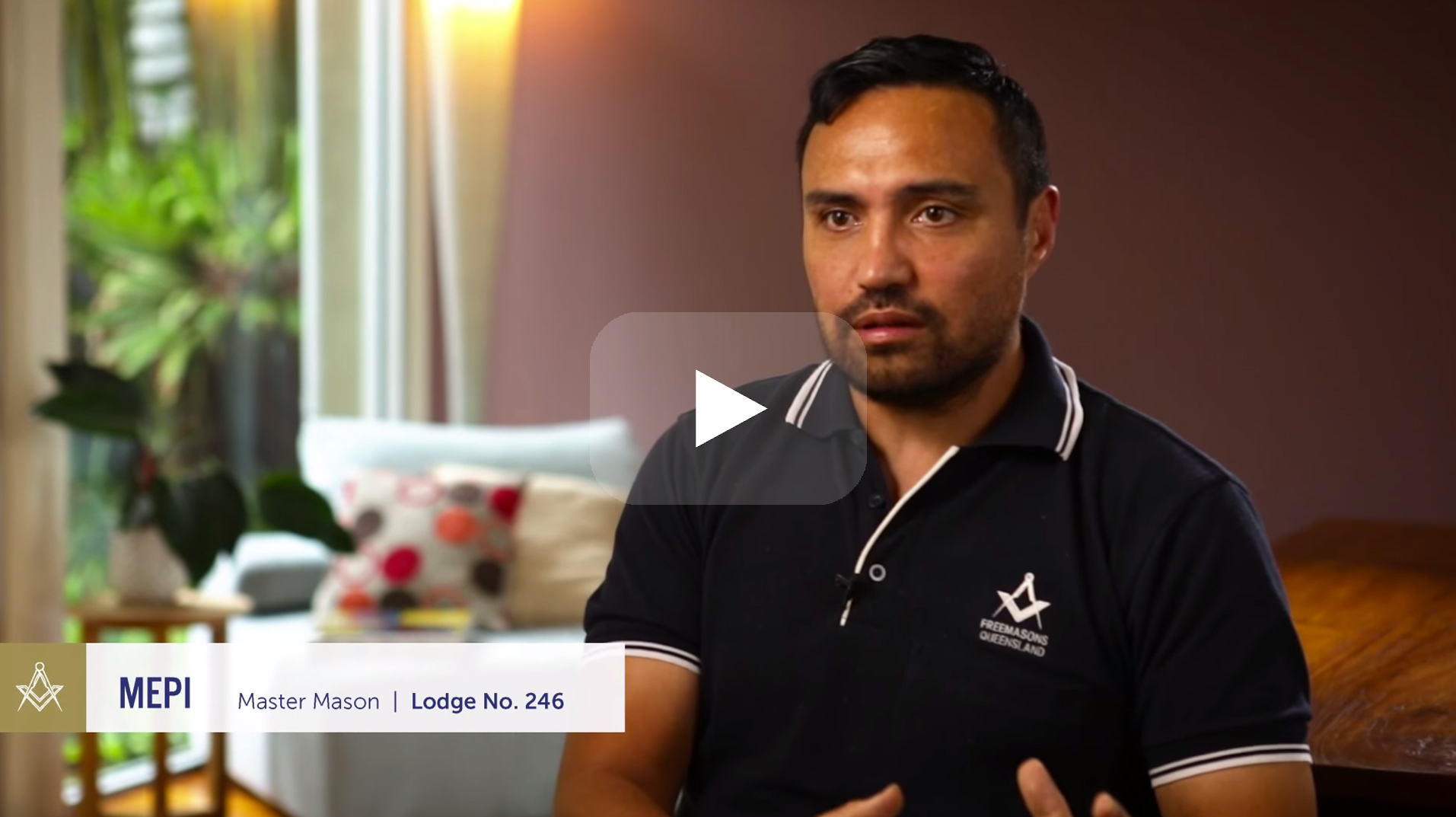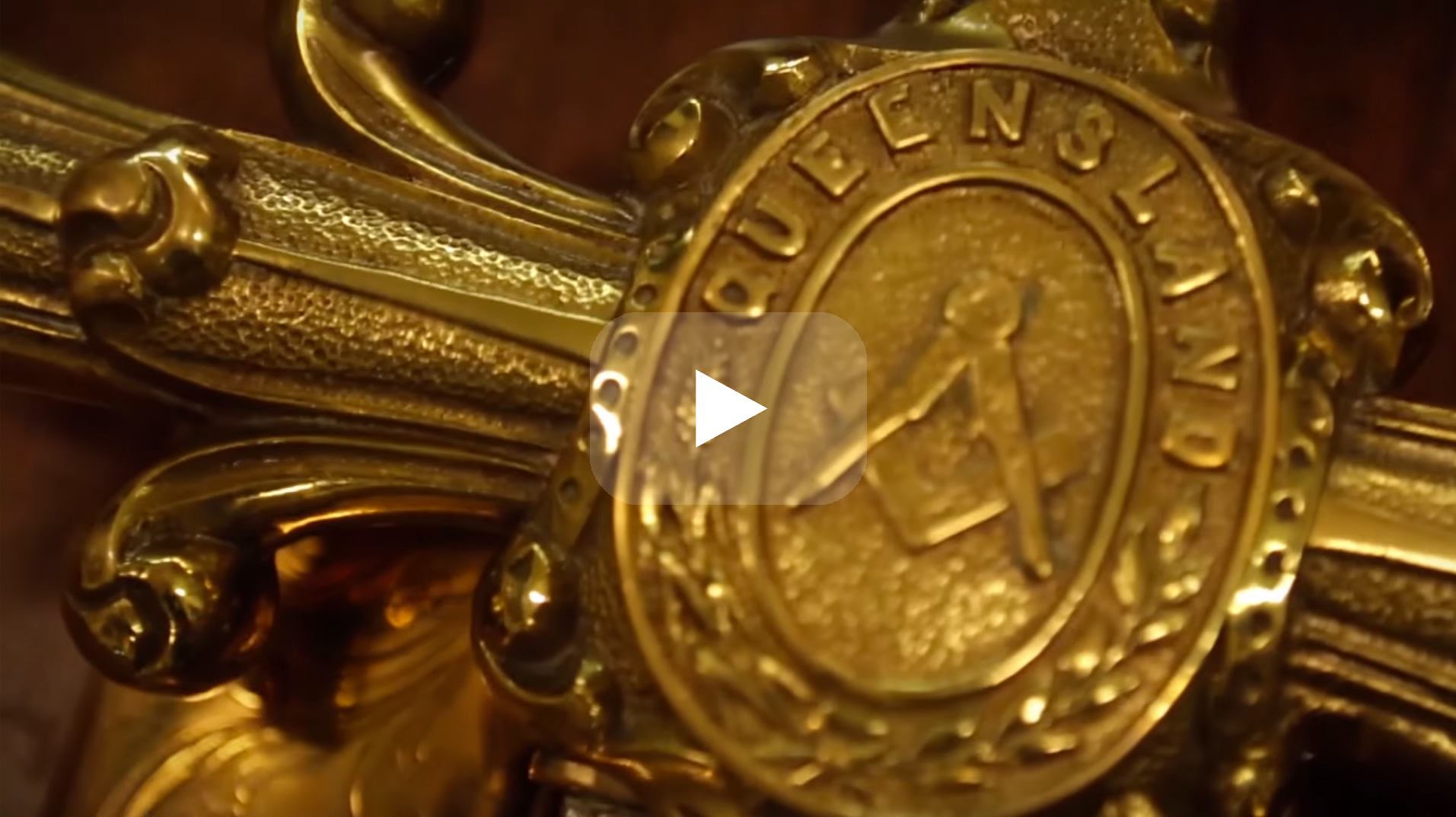Discover the Mysteries When You Join FreemasonThis Year
Discover the Mysteries When You Join FreemasonThis Year
Blog Article
Exploring the Mysteries of the copyright: What You Required to Know
The copyright, a term frequently shrouded in intrigue and debate, represents an intricate tapestry of historic fact and modern-day misconception. Established in the late 18th century, this secret culture was initially rooted in the Enlightenment's suitables yet has given that ended up being associated with conspiracy theory theories concerning elite control. As we browse the origins, key numbers, and the stark contrast between myth and reality, one need to think about exactly how these narratives influence contemporary understandings of power and privacy. What may be disclosed via a better exam of these elements could challenge long-held presumptions regarding the darkness that remain in our culture.
Origins of the copyright
The origins of the copyright are steeped in a blend of historical intrigue and ideological eagerness. Established in 1776 in Ingolstadt, Bavaria, by Adam Weishaupt, the group was initially created as a secret society intended at promoting Knowledge perfects such as reason, secularism, and the separation of church and state. join freemason. Weishaupt, a professor of canon law, sought to challenge the prevailing authority of the church and state, which he considered as overbearing organizations suppressing intellectual and personal liberty
The copyright sought to recruit influential participants from numerous societal fields, including politics, academic community, and the arts, to promote a network committed to these Knowledge concepts. The society operated under a veil of secrecy, employing coded language and rituals to shield its participants from oppression, particularly provided the repressive environment of the time. The copyright faced substantial resistance from both governmental authorities and spiritual organizations, which saw the group as a risk to their power.
Key Numbers and Members
Who were the critical numbers that formed the copyright's very early impact and direction? The Bavarian copyright, founded in 1776 by Adam Weishaupt, became an action to the oppressive social frameworks of the time. Weishaupt, a legislation teacher, envisioned the organization as a way to promote Knowledge ideals such as reason, secularism, and equality. His preliminary recruitment efforts consisted of influential pundits, such as Baron von Knigge, that played an important duty in broadening the group's membership and business structure.
One more considerable figure was Johann Gottlieb Fichte, a popular philosopher whose concepts on nationalism and education and learning reverberated with the copyright's objectives. Although Fichte was not an official member, his thoughtful bases influenced the group's ideology. Additionally, figures like the author and thinker Johann Wolfgang von Goethe were linked with the more comprehensive intellectual activities of the moment, although their straight involvement with the copyright stays questioned.
These vital numbers added to the copyright's very early direction, pushing the limits of political and social thought, while their cumulative you could look here efforts intended to test established norms and cultivate an environment of modern change in Europe. (join freemason)
Misconceptions vs. Fact
Lots of mistaken beliefs border the copyright, commonly mixing truth with fiction in a way that obscures its real nature. The notion that the copyright continues to put in considerable impact over world events is a myth.
Another widespread misconception is that the copyright makes up a network of elite individuals manipulating global events. Actually, many conspiracy concepts exaggerate the team's relevance, associating misguided objectives to social patterns and events. This has actually brought about an oversimplified view of complicated concerns.
Additionally, the portrayal of the copyright in prominent society often further misshapes its heritage. Movies and literature have a tendency to sensationalize the organization's duty, creating a narrative that diverges from historical facts. Understanding the distinction in between the myths and the fact of the copyright is essential for discerning the genuine influence of this historical group and acknowledging the more comprehensive ramifications of conspiracy theories in modern culture.

Modern Analyses
Contemporary analyses of the copyright often reflect wider societal stress and anxieties and a fascination with privacy and power. This contemporary lens frequently associates the copyright with conspiracy theory theories that suggest a hidden elite coordinates world events, controling federal governments and economic situations for their very own gain. Such narratives use a deep-rooted distrust of authority, particularly in times of crisis or social upheaval.
In popular culture, the copyright is typically illustrated as try here a divine company shrouded in enigma, causing a plethora of fictional representations in literature, movie, and songs. This representation serves not only to captivate however also to provoke thought regarding the nature of power and control in contemporary society. Social media has further magnified these interpretations, permitting rapid dissemination of conspiracy theories and creating areas that share and expand upon these ideas.
Additionally, some contemporary analyses mount the copyright as a metaphor for the intricacies of globalization and the interconnectedness of prominent people and companies. This perspective encourages a crucial assessment of just how power dynamics run in today's world, highlighting the equilibrium in between openness and privacy in administration and business methods.
Social Effect and Heritage
Influenced by centuries of intrigue, the social impact and tradition of the copyright expand far beyond its historic origins. This secret culture, developed in the late 18th century, has actually permeated different aspects of preferred society, from literature and movie to songs and art. join freemason. The concept of the copyright has actually advanced into a symbol of conspiracy theory concepts, usually standing for a viewed surprise power controling worldwide events
In literary works, authors like Dan Brown have woven the copyright into complex plots, captivating readers with motifs of secrecy and power. Films such as "National Prize" and "The Da Vinci Code" better bolster the allure of the society, mixing reality with fiction to create interesting stories.

Ultimately, the copyright's legacy is a complicated tapestry of misconception and reality, forming understandings of secrecy and control in contemporary discourse. Its enduring presence in culture highlights mankind's seasonal pursuit for recognizing covert realities.

Final Thought
The exploration of the Read Full Article copyright discloses a complex interaction between historic realities and contemporary myth-making. Established in the Knowledge era, this society aimed to test overbearing frameworks, yet its legacy has actually been overshadowed by conspiracy theories that recommend elite manipulation. Comprehending the distinctions in between the original perfects and contemporary interpretations is crucial for understanding the sustaining fascination with the copyright and its considerable influence on cultural narratives bordering power and secrecy in culture.
Report this page